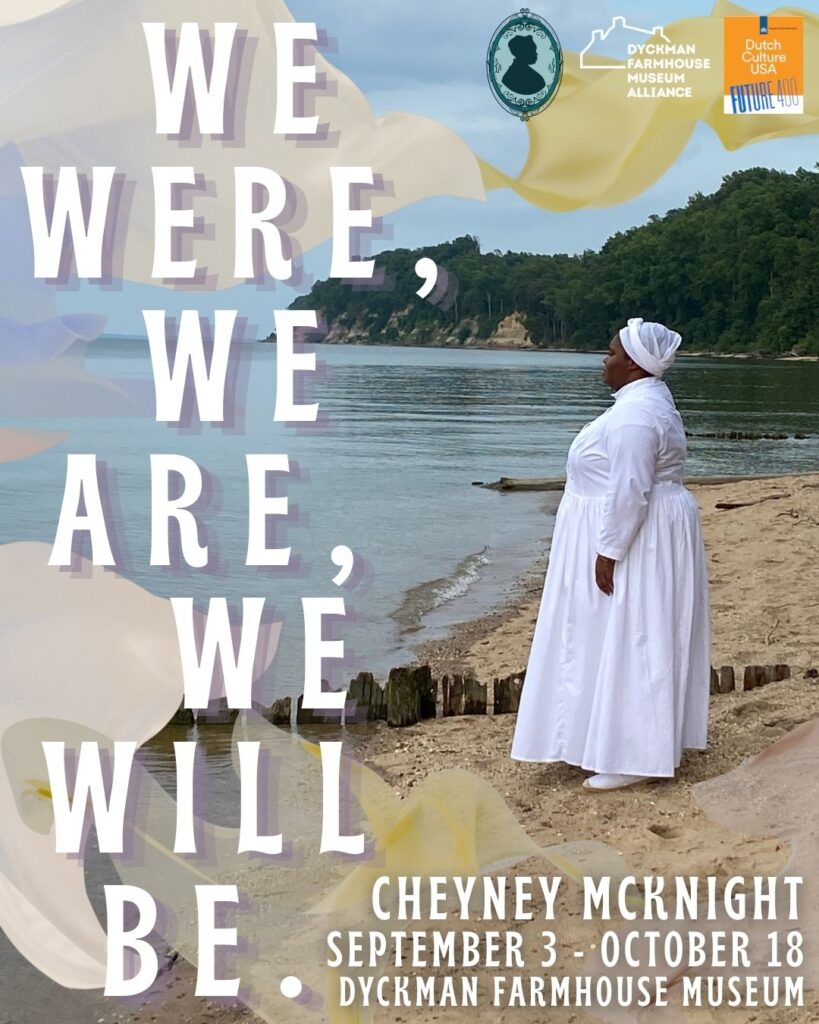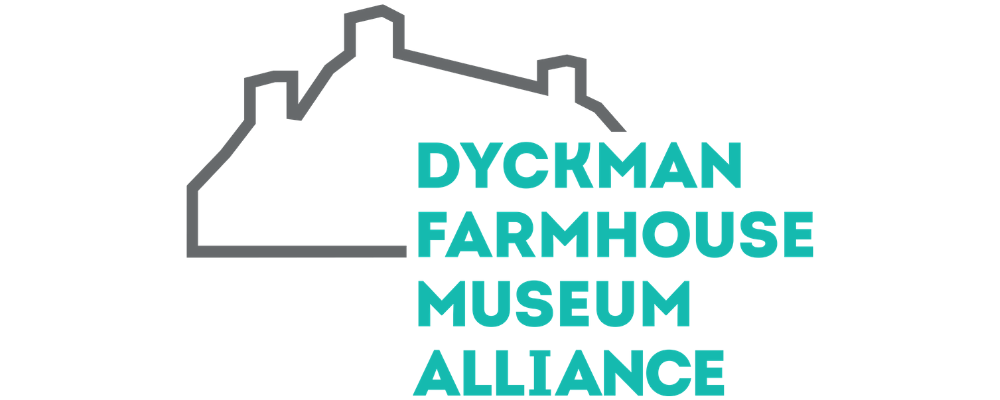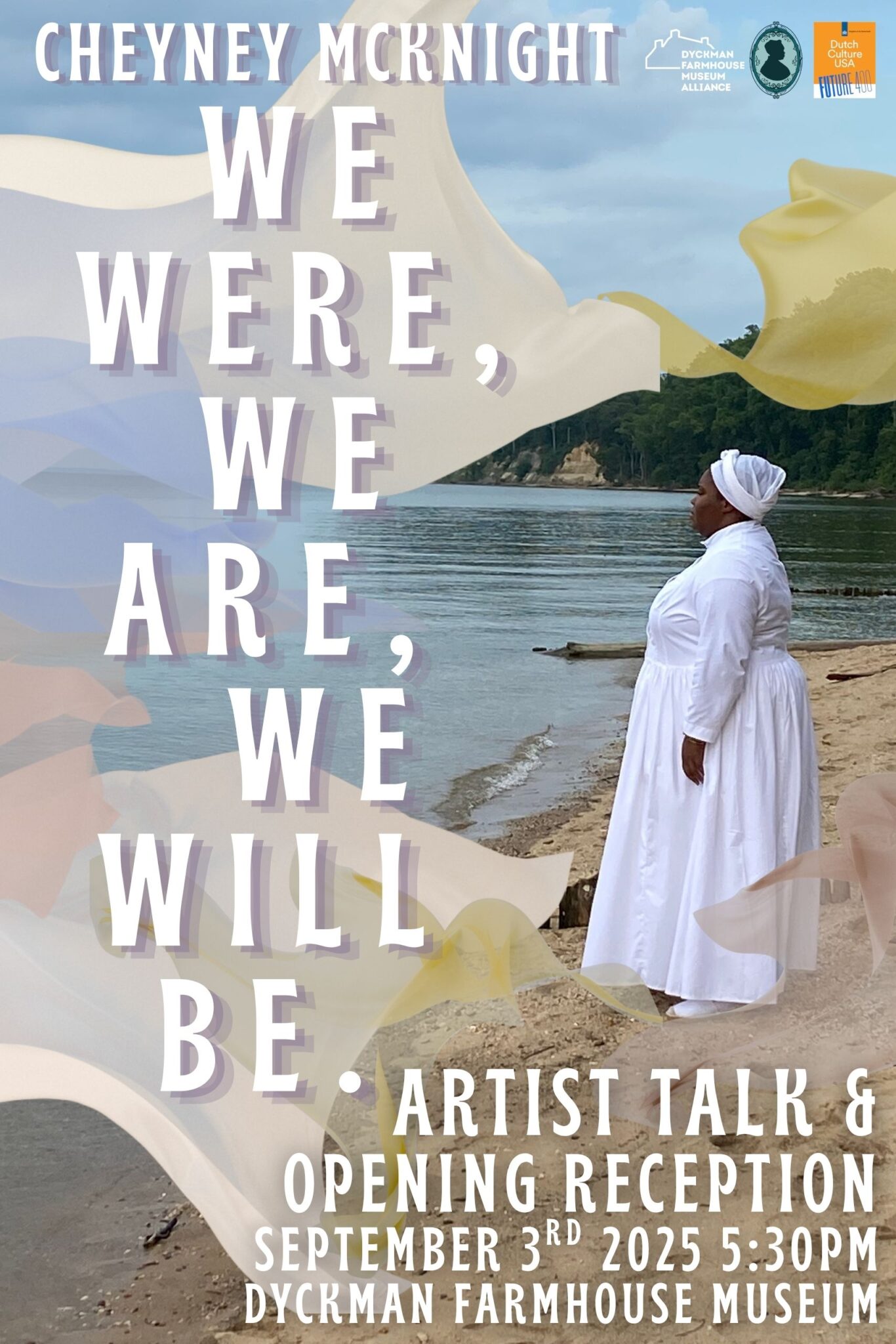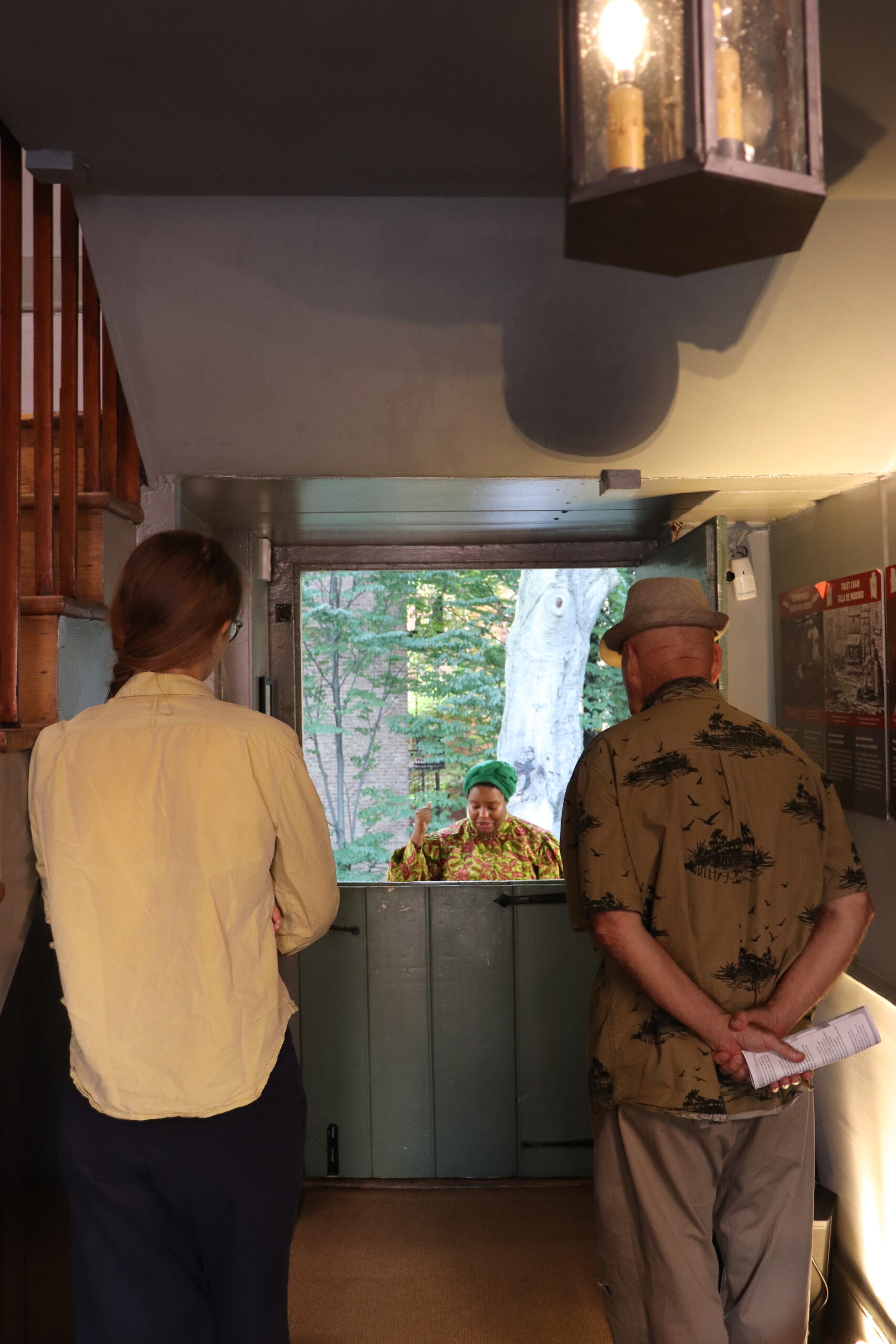

Heed my warning from the ancestors.
Do right by these ancestors.
Do right by these descendants.
A fundamental aspect of many African traditions is the belief that the ancestors are continuously linked to us and even those yet to be born. They are the intermediaries between our world and the spiritual world. Throughout the African diaspora, people honor the ancestors and seek them out for guidance, protection, and blessings. Libations is one of the many ways they honor their ancestors.
In We Were, We Are, We Will Be, Cheyney McKnight presents a series of photographs and videos from libation ceremonies she led for First Africans Day at Stratford Hall Historic Preserve for over the past 4 years. Stratford Hall Historic Preserve hosts the annual First Africans Day, a full day of programming to commemorate the enslaved Africans and African Americans who built, managed, and sustained the estate for generations of the Lee family.
As part of First Africans Day 2025, Cheyney McKnight and Tanyah Dadze Cotton led an opening ceremony in the morning on Stratford Hall’s burial ground to honor the enslaved ancestors with libations.
In the evening, McKnight led a closing ceremony— one final action to ground the descendents. Everyone was present: descendents of those who were enslaved at Stratford Hall, descendents of the Lee family, local community members, and visitors from all over the world. They called out the names of those who were enslaved at Stratford Hall. They wove those same names written on dissolvable paper into a raft made from locally sourced, biodegradable materials. McKnight then concluded the ceremony with a call for all of the female descendents of those who were enslaved at Stratford Hall to join together and push the raft out into the Potomac River.
We Were, We Are, We Will Be links the past, present, and future of the African diaspora highlighting the reparative work that needs to be done in centering the spiritual and physical healing of descendants of slavery through reparations.
Opening Reception: September 3, 2025 at 5:30pm
On View: September 3, 2025 – October 18, 2025
Visiting Hours: Wednesday- Friday 12pm-4pm and Saturday 10am-4pm. Starting October 1st, Friday 12pm-4pm and Saturday 10am-4pm.
Museum Admission: $3 (FREE for Uptown residents!)
Location: Dyckman Farmhouse Museum (on the corner of 204th and Broadway)
This exhibition is part of Dyckman Farmhouse Museum’s (DFM) ongoing programming in honor of the Inwood Sacred Site. The Inwood Sacred Site is a memorial set to open at 212th Street and 10th Avenue, which was once the location of a burial ground for the enslaved.
The burial ground was located on Dyckman farmland near Lenape shell middens from an earlier period. Starting in 1903, the site was excavated and the remains were discarded unceremoniously.
When Bowery Residents Committee (BRC), a non-profit that serves unhoused New Yorkers, purchased the lot on 212th and 10th Avenue in 2020, we began a partnership to memorialize the significance of that area as both an enslaved burial site and indigenous ceremonial ground.
BRC has designated a space for the memorial—The Inwood Sacred Site—which DFM will operate, while the rest of the building will serve as BRC’s newest transitional shelter.
Together, BRC and DFM will serve displaced people across space and time. Our hope is that Inwood Sacred Site will serve as a meaningful place for descendant and indigenous communities to reflect on their history and ancestors, as well as an educational resource for members of the public and present-day Inwood residents.
This exhibition is part of Dyckman Farmhouse Museum’s (DFM) ongoing programming in honor of the Inwood Sacred Site. The Inwood Sacred Site is a memorial set to open at 212th Street and 10th Avenue, which was once the location of a burial ground for the enslaved.
The burial ground was located on Dyckman farmland near Lenape shell middens from an earlier period. Starting in 1903, the site was excavated and the remains were discarded unceremoniously.
When Bowery Residents Committee (BRC), a non-profit that serves unhoused New Yorkers, purchased the lot on 212th and 10th Avenue in 2020, we began a partnership to memorialize the significance of that area as both an enslaved burial site and indigenous ceremonial ground.
BRC has designated a space for the memorial—The Inwood Sacred Site—which DFM will operate, while the rest of the building will serve as BRC’s newest transitional shelter.
Together, BRC and DFM will serve displaced people across space and time. Our hope is that Inwood Sacred Site will serve as a meaningful place for descendant and indigenous communities to reflect on their history and ancestors, as well as an educational resource for members of the public and present-day Inwood residents.
English: Download the exhibition guide!
Cheyney Mcknight is Manager of Living History at New-York Historical Society, where develops and runs Living History Programs. She is also owner of Not Your Momma’s History, a public history consulting business that aids museums and historical sites in talking about the African experience within 18th and 19th century America. Not Your Momma’s History runs a YouTube channel with over 240,000 subscribers and 5 million views, that shows the day to day lives of Black people throughout American history.
Cheyney has taken her “Let’s Talk About Slavery” table to over 30 parks, historical sites, and public events across America to provide a safe place for people to learn and talk about the history of slavery. She provides handouts to encourage people to further their education beyond that one interaction.
In 2021 Cheyney was chosen to be an African American Cultural Heritage Action Fund Fellow for the National Trust for Historic Preservation. Her project, titled The Ancestor’s Future: An Afrofuturist Journey Through History, was both a piece of performance art and a conversation inspired by Afrofuturism about the future of historic preservation on former sites of enslavement. Cheyney uses clothing designs that meld modern textiles that speak to the Black experience in America with 18th and 19th century silhouettes. Cheyney graduated from Simmons University in 2011 with a bachelors in Political Science.





